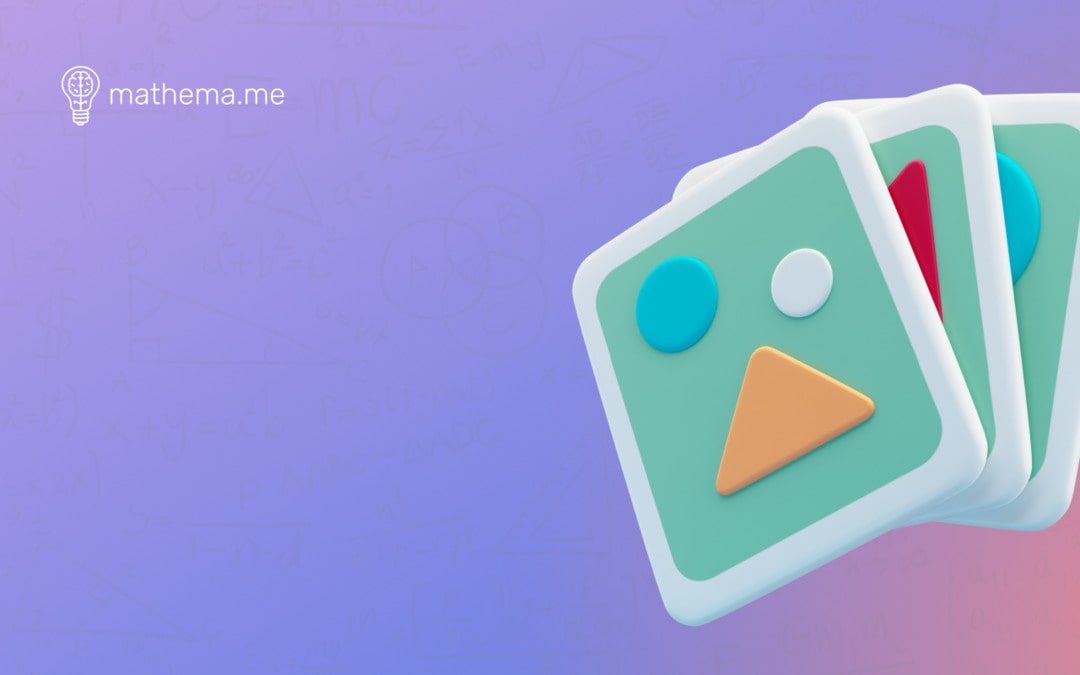Place value is an important concept in mathematics, forming the backbone of many higher mathematical operations and concepts. Here, will guide you through the techniques of how to teach place value, making it fun and accessible for children.
So let’s look at these strategies and ideas.
What is Place Value?
Place value is a mathematical concept that assigns a value to digits based on their position in a number. The concept is essential for understanding the size and value of numbers and how they relate to each other. For instance, in the number 345, the “3” represents “300,” the “4” stands for “40,” and the “5” is merely “5”.

Alt text: how to teach place value
The value of a digit increases by ten times as we move each place to the left. So, a digit in the tens place is ten times more than the same digit in the ones place.
Importance of Place Value
Understanding place value is vital for several reasons:
- Builds Number Sense: Place value helps learners comprehend the size and value of numbers and how they relate to each other.
- Supports Math Operations: Place value is essential for performing addition, subtraction, multiplication, and division. It allows learners to decompose numbers, making calculations more straightforward.
- Facilitates Mental Math: A strong understanding of place value enables kids to make calculations in their heads more efficiently. This skill is essential for quick problem-solving and estimation.
- Prepares for Higher Math: Understanding place value forms the foundation for learning more complex mathematical concepts, including decimals, fractions, and algebra.
- Enhances Problem-Solving Skills: A deep understanding of place value enhances kids’ ability to think critically and solve various mathematical problems.
When is the Right Time to Teach Place Value?
The best time to introduce place value is after kids have mastered counting by ones and have a basic understanding of simple addition and subtraction. This milestone is generally reached around the first or second grade. At this point, children are ready to understand that numbers comprise different parts, each with its value.
Strategies for Teaching Place Value
Teaching place value can be made easier with the following strategies:
Introduce Skip Counting
Skip counting involves teaching children to count by numbers other than one, like twos, fives, and tens. It helps kids move beyond counting one by one, preparing them to understand larger numbers more easily.
Understanding Numbers vs. Digits
It’s important to clarify the difference between numbers and digits. Digits are individual symbols, ranging from 0 to 9. However, numbers are formed when these digits come together, and their value changes based on their position.
Visualizing Place Value
Visual aids like place value charts and base-10 blocks can be helpful in teaching place value. These tools allow kids to physically build and manipulate numbers, reinforcing their understanding of place value.
Expanding Place Value Understanding
As kids become comfortable with the basics of place value, it’s important to introduce them to larger numbers. Activities that involve sorting and arranging numbers in ascending or descending order can be effective in reinforcing this understanding.
Place Value in Different Number Systems
A fascinating approach to teaching place value is by exploring number systems with bases other than 10, such as base-5 or base-8. This approach deepens kids’ comprehension of place value and broadens their mathematical perspective.
Operations Using Place Value
Place value is at the heart of addition, subtraction, multiplication, and division. It allows kids to break down numbers and solve problems more easily.
Advanced Place Value Concepts
Advanced concepts like rounding and estimation, decimals, and problem-solving can also be introduced once kids have a firm understanding of place value.
5 Fun Activities to Teach Place Value
To make learning place value a fun-filled experience, consider these interactive activities:
- Online Place Value Games: Online games are an excellent way to make teaching and learning place value enjoyable and accessible.
- Place Value Worksheets: Use printable worksheets designed for different skill levels. These worksheets include exercises for identifying place values, composing and decomposing numbers, and comparing numbers based on place value.
- Base-10 Block Building: Base-10 block building is a hands-on way to help kids understand place value.
- Place Value Bingo: Place Value Bingo is a fun game that reinforces place value understanding through play.
- Place Value Charts: Place value charts are visual aids that represent the positions and values of digits within numbers.
Conclusion
Teaching place value forms the foundation for most mathematical concepts and operations. Understanding this fundamental concept will enable children to perform calculations more efficiently, laying the groundwork for more complex mathematical concepts. Therefore, it is essential to make learning place value a fun-filled experience for them. You can explore more about how to teach place value and other mathematical concepts at Mathema.
Frequently Asked Questions
1. How do I teach place value?
Place value can be taught using various strategies such as skip counting, visualizing place value using charts or blocks, comparing and ordering numbers, and introducing other number systems.
2. How to teach place value to first graders?
For first-graders, start with simple concepts like counting by tens and using visual aids to represent place values. Gradually move to more complex tasks as they gain more understanding.
3. What are some creative ways to teach place value?
Some creative ways to teach place value include using online games, printable worksheets, base-10 block building, place value bingo, and place value charts.
4. What is the easy way to teach place value?
The easiest way to teach place value is by breaking down the concept into smaller, understandable parts. Start with basic counting, move to skip counting, and then introduce the concept of place value using visual aids.
5. How to teach place value in kindergarten?
For kindergarteners, start with simple counting and grouping activities. Introduce the concept of tens and ones using visual aids like blocks or beads.



